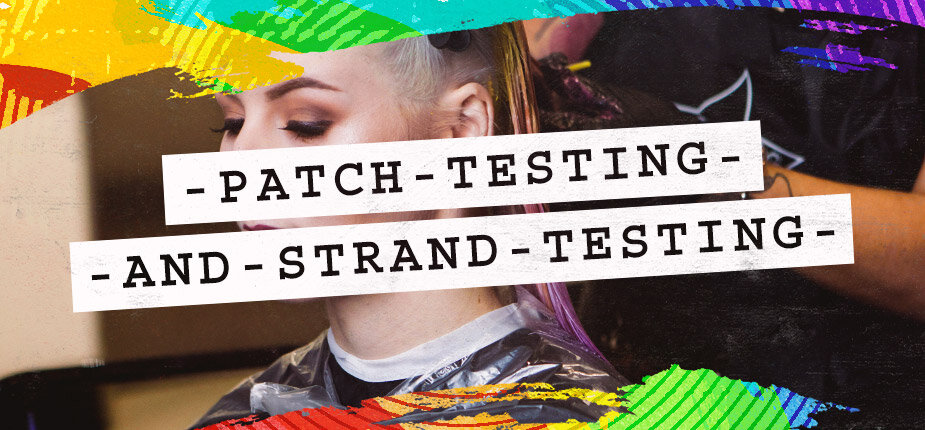Are you sure you want to perform this action?

GBP
Select Language
English (United Kingdom)
English (United States)
French (France)
German (Germany)
Italian (Italy)
Spanish (Spain)
Show menu
Hide menu
Clothing
Dresses
Hoodies & Sweatshirts
Jackets & Coats
Jumpers & Cardigans
Pinafores & Dungarees
Shirts & Tops
Jeans & Trousers
Skirts
T Shirts & Vests
View All
Autumn & Winter
Gothic
Kawaii
Spring & Summer
Steampunk
Tartan
TV & Movie Merch
Vintage
Witchy
View All
Gifts & Accessories
Band Merch Gifts
Bath Bombs
Fantasy Gifts
Gothic Gifts
Piercing & In-Store Voucher
Gothic Hair Accessories
Pop Culture Gifts
Stocking Fillers
Xmas Tree Decorations
View All
Band Merch
Hair Dye
Piercing Jewellery
Acrylic
Black Titanium
Coloured Titanium
Opal
Polished Titanium
Plasma Gold
Real Gold
Rose Gold
Silicone
Surgical Steel
Ultra Violet
White Gold
Wood
View All
Auricle
Anti-Tragus
Conch
Daith
Forward Helix
Helix
Industrial / Scaffold
Lobes
Orbital
Pinna
Rook
Scapha / Flat
Snug / Anti-Helix
Spiral / Triple Helix
Stretching
Tragus
View All
Angel Bites
Ashley
Canine Bites
Cyber Bites
Dahlia Bites
Dolphin Bites
Jestrum
Labret
Madonna
Medusa
Monroe
Shark Bites
Snake Bites
Spider Bites
Vertical Labret
Viper Bites
View All
Collarbone
Extreme Mods
Female Genital
Genital
Hand
Hip
Male Genital
Navel
Neck (Nape)
Nipple
Sternum / Cleavage
Surface
Wrist
View All
Contact Lenses
Get Pierced
Ear Piercing Aftercare
Nose Piercing Aftercare
Oral Piercing Aftercare
Surface Piercing Aftercare
Microdermal Piercing Aftercare
Genital Piercing Aftercare
Aftercare
Sections
Latest articles

Patch Testing & Strand Testing
It is important to carry out a patch and strand test before you dye your hair. Find out more here.
Before you begin fully dyeing or bleaching your hair it is essential to carry out a patch test and a strand test. Find out more about why you should be adding these steps to your at-home hair dyeing routine and read our step by step guide on how to do these tests.
How To Do A Patch Test

Carrying out a hair dye patch test before you dye or bleach your hair is an important step to take every time you dye your hair. A patch test is conducted to discover whether you have any form of reaction to the ingredients contained within a dye. If you've experienced allergic reactions to dye in the past, it's essential you perform this step every time you dye your hair, even if you're using a formulation that you've used previously. This is due to potential changes in formulations and ingredients which can vary from batch to batch.
How do you do a patch test?
To do a patch test:
- Put on your protective gloves, to prevent your skin from staining and pick out your next hair dye colour.
- Select a small area of skin, roughly the size of a penny, either behind your ear or on the inner fold of your elbow
- Wash your skin gently with mild soap and warm water.
- Gently pat dry with a clean towel.
- Cover the test area in a thin coat of your chosen hair dye product and allow to dry.
- Leave the test area uncovered and undisturbed for 24 hours, then carefully inspect for any signs of swelling, irritation, or skin damage. If you feel unwell during your patch test period, this can also be a sign that you are allergic to the product.
- If you do see any signs of skin trauma, DO NOT use the product under any circumstances.
How long do you leave a patch test on for hair dye?
A patch test for hair dye should be left on the skin until the product dries or for a few minutes, before being wiped off. Make sure to check the instructions on your hair dye for information about how to accurately carry out a patch test for that product. For example, the length of time you need to leave it on your skin or the amount you need to use may vary. When carrying out a hair patch test it is usually recommended to wait for 48 hours to check for any signs of irritation.
Why do you have to wait 48 hours for a patch test?
Make sure to complete a patch test whether you are using it as a hair dye or bleach allergy test before using a product on your hair. You will need to wait for 24 to 48 hours after you have done your patch test in case you have a delayed allergic reaction to the hair product. It is important to wait for the full amount of time, even if you have used a product before as our skin can become allergic to ingredients that previously didn't affect us or quantities and contents of a hair dye can change.
Are hair dye patch tests reliable?
The most reliable method of ascertaining whether hair dye is suitable for you to use is to perform a patch test and a strand test to see if any reactions occur. Generally, hair dye patch tests are reliable and it is very rare for you to experience an allergic reaction if your patch test did not produce a reaction to the hair dye.
If you're a frequently dye your hair, it can be easy to become complacent but it is important to carry out a patch test every time you dye your hair, even if you have used that particular brand before.
How To Do A Strand Test
What is strand testing?
A hair dye strand test is designed to help you determine how your hair responds to bleaching or dyeing. By using a small amount of your chosen product, you can not only work out your perfect development time and check out your resulting colour, but you will also discover how your hair reacts to the dye, which could spare you from damaging your hair. So not only can strand testing prevent you from causing irreparable damage to your hair, but it can also spare you from being left with a questionable colour, making it a truly essential part of the colouring process.
All is not lost; if the colour on the strand test isn't quite how you visualised it, your hair may just need some extra lightening or toning before you begin. Find out more about bleaching and toning, here.
How do I do a strand test for hair colour?
Put on a pair of protective gloves and select a strand of hair from behind your ear. This location is preferable, as you need the hair to be in a location that's both visible and easy to conceal.
Pin back the hair from the surrounding areas and apply a pea-sized amount of either hair dye or bleach (depending on what product you want to test) to the hair strand, using your gloved hands.
Follow the processing time instructions provided on the packaging. Once the time has elapsed, rinse the dye off and dry with either a towel or a hairdryer.
How long do you leave a strand test for?
A strand test will need to be left on for the full developing time. The purpose of a strand test is to determine whether the colour develops as you expect it to which is why it is important to dye your hair strand exactly as you would the rest of your head and leave it on for as long as you are planning to when you fully dye your hair.
As you can see patch testing and strand testing are important steps in dyeing your hair at home, both for safety and to check the results are as you are expecting. Even if you have dyed your hair plenty of times on your own at home, it is important to carry out these steps each time you dye your hair.
Please Note: Blue Banana hair dye information should be read alongside professional advice. Blue Banana makes no guarantee of validity and additional instruction should be taken from trained persons.
Phone Lines Open
If you need assistance, phone lines are open. Call +44 (0)1579 341907. Or, if you prefer, please open a support ticket here.
OPENING TIMES
Monday:
08:30:am
-
16:30:pm
Tuesday:
08:30:am
-
16:30:pm
Wednesday:
08:30:am
-
16:30:pm
Thursday:
08:30:am
-
16:30:pm
Friday:
08:30:am
-
16:30:pm
Saturday:
Closed
Sunday:
Closed







